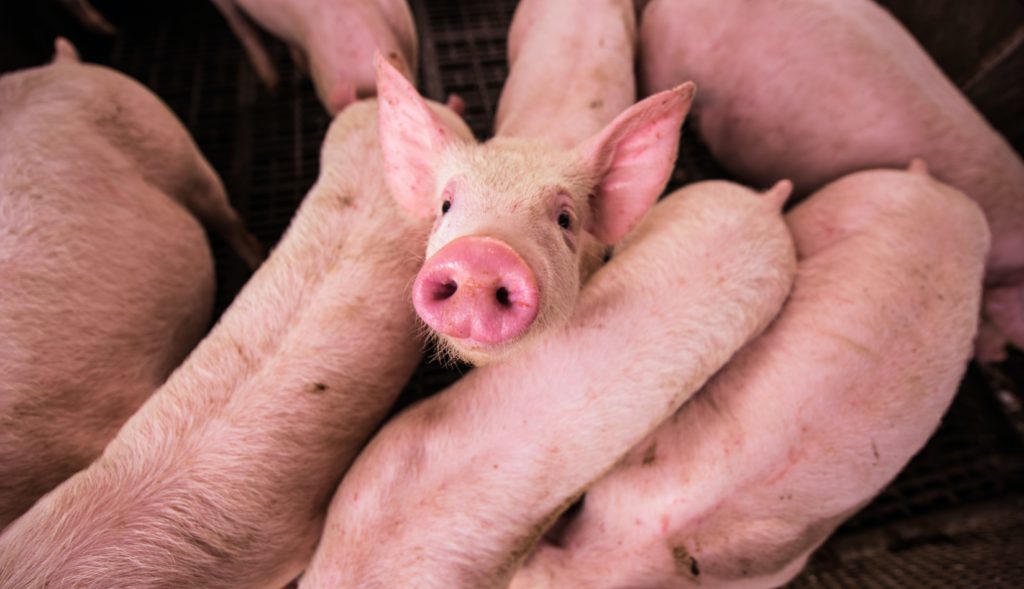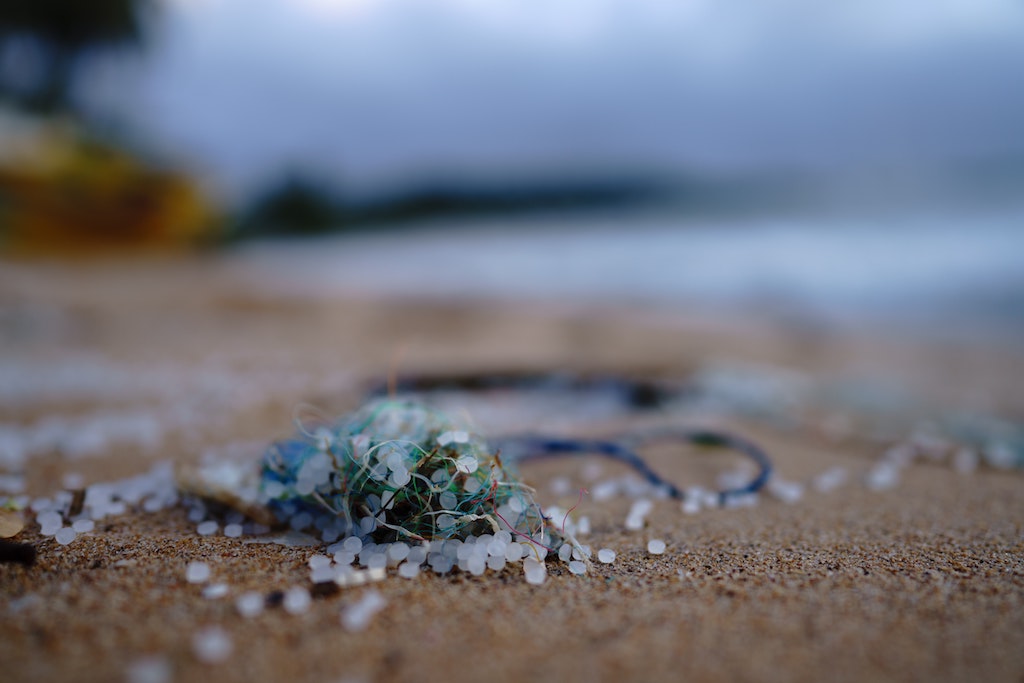3 Mins Read
Samples of beef and pork from the Netherlands contain surprising levels of microplastic contamination, according to new research.
A pilot study conducted by scientists at the Vrije Universiteit Amsterdam (VUA), working for the Plastic Soup Foundation, say they’ve found microplastics in beef and pork and in the blood of farm animals for the first time. The plastics were also found in “every sample” of animal pellet feed, pointing to the source of the contamination. The feed is packaged in plastic, although the researchers say it’s not clear if that’s the source of the contamination or something deeper in the supply chain.
The findings
More than 75 percent of samples of meat and milk taken from sites in the Netherlands contained traces of plastic. The researchers say every blood sample also contained microplastics.
In total, 12 cow blood samples and 12 pig blood samples were taken. All contained microplastics including polyethylene and polystyrene, which is better known as the main ingredient in Styrofoam. The researchers took milk from store-bought cartons as well as hand-milking directly from the cows, and milk tanks on farms.

Of the meat samples, seven out of eight beef specimens and five out of eight pork samples were contaminated.
“When you’re measuring blood, you’re finding out the absorbed dose from all the different exposure routes: air, water, food, et cetera,” said Dr. Heather Leslie of the VUA. “So it’s very interesting because it immediately tells you what’s penetrating into the river of life.”
“It should act as an impetus to further explore the full scope of exposure and any risks that may be associated with it,” said Leslie.
The new findings follow research published earlier this year that detected microplastics in human blood for the first time. The plastic can accumulate in organs, leading to a number of health concerns.
“It remains unknown if there are any potential toxicological risks of these findings,” the report said.
Other samples in recent years have found microplastic in milk in Switzerland and France.
Microplastics
Microplastics have been found in all corners of the world, most recently they were discovered in the arctic for the first time. Researchers say a plastic garbage patch may be forming there, similar to the Great Pacific Garbage Patch that’s located in the Pacific Ocean between California and Hawaii.

Plastic in the environment, particularly the world’s oceans, pollutes the food supply, creates acidic environments, and contributes to coral bleaching as well as rising temperatures.
“With microplastics present in livestock feed, it is not surprising that a clear majority of the meat and dairy products tested contained microplastics,” Maria Westerbos at the Plastic Soup Foundation said in a statement, “We urgently need to rid the world of plastic in animal feed to protect the health of livestock and humans.”



